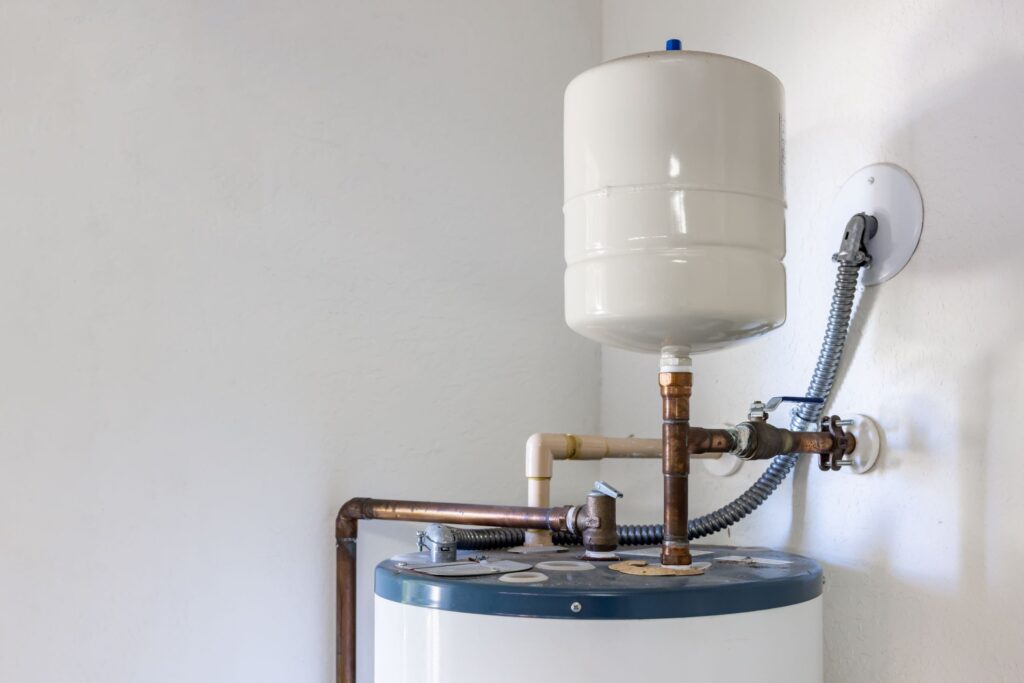Expert Tips for Maintaining Your Home's Hot Water SystemHow to Properly Care for Your Home's Hot Water System
Expert Tips for Maintaining Your Home's Hot Water SystemHow to Properly Care for Your Home's Hot Water System
Blog Article
Any individual has their private rationale with regards to Tips on Maintaining a Water Heater.

Hot water is crucial for day-to-day comfort, whether it's for a refreshing shower or cleaning dishes. To guarantee your hot water system runs successfully and lasts much longer, regular upkeep is crucial. This post supplies useful tips and understandings on just how to preserve your home's hot water system to avoid disturbances and costly fixings.
Introduction
Keeping your home's hot water system could seem overwhelming, however with a couple of simple steps, you can ensure it runs smoothly for years ahead. This guide covers everything from recognizing your hot water system to do it yourself maintenance tips and recognizing when to contact professional assistance.
Importance of Keeping Your Hot Water System
Routine maintenance not just prolongs the life-span of your warm water system but additionally ensures it runs successfully. Overlooking upkeep can lead to reduced performance, higher power costs, and even premature failing of the system.
Indicators Your Hot Water System Demands Maintenance
Recognizing when your hot water system requires attention can protect against major concerns. Watch out for signs such as irregular water temperature, odd noises from the heating unit, or rusty water.
Comprehending Your Warm Water System
Before diving into upkeep jobs, it's valuable to recognize the basic parts of your hot water system. Normally, this consists of the water heater itself, pipelines, anode rods, and temperature controls.
Regular Monthly Upkeep Tasks
Regular regular monthly checks can help catch minor problems prior to they rise.
Purging the Water Heater
Flushing your water heater eliminates sediment buildup, enhancing effectiveness and lengthening its life.
Monitoring and Changing Anode Rods
Anode poles prevent corrosion inside the tank. Examining and changing them when worn out is important.
Evaluating and Readjusting Temperature Settings
Changing the temperature level setups guarantees ideal efficiency and safety and security.
DIY Tips for Maintenance
You can do numerous upkeep tasks yourself to keep your hot water system in top problem.
Looking for Leakages
Regularly inspect pipes and connections for leaks, as these can cause water damages and greater costs.
Testing Pressure Relief Valves
Evaluating the pressure safety valve guarantees it operates properly and stops extreme stress buildup.
Insulating Pipes
Shielding warm water pipelines reduces heat loss and can save energy.
When to Call an Expert
While do it yourself upkeep is valuable, some concerns call for specialist expertise.
Facility Concerns Calling For Professional Assistance
Examples include major leaks, electrical problems, or if your water heater is regularly underperforming.
Routine Expert Upkeep Perks
Expert maintenance can consist of detailed examinations, tune-ups, and guaranteeing compliance with safety criteria.
Conclusion
Normal maintenance of your home's hot water system is essential for performance, durability, and cost financial savings. By complying with these suggestions and recognizing when to seek specialist help, you can ensure a reliable supply of warm water without unanticipated disturbances.
How to Maintain an Instant Hot Water Heater
Before tinkering with your hot water heater, make sure that it’s not powered on. You also have to turn off the main circuit breaker and shut off the main gas line to prevent accidents. Also turn off the water valves connected to your unit to prevent water from flowing into and out of the appliance. 2. When you’re done, you have to detach the purge valves’ caps. These look like the letter “T” and are situated on either side of the water valves. Doing so will release any pressure that has accumulated inside the valves while at the same time avoid hot water from shooting out and burning your skin. 3. When the purge valves’ caps are removed, you have to connect your hosing lines to the valves. Your unit should have come with three hoses but if it didn’t, you can purchase these things from any hardware or home repair shops. You can also get them from retail stores that sell water heating systems. Read the user’s manual and follow it to complete this task properly. When the hosing lines are connected, open the purge port’s valves. 4. You should never use harsh chemical cleaners or solutions when cleaning your unit. Make use of white vinegar instead. It should be undiluted and you’ll probably use about 2 gallons. 5. Now flush your water heater. This task should probably take about 40 minutes. We can’t give you specific directions for this because the procedure is carried out depending on the type, model and brand of your heater. With that being said, refer to the user’s manual. 6. When you’re done draining the unit, you have to turn off the purge port valves again. Remove the hosing lines that you earlier installed on each of the water valves. Put the valve caps (purge port) back in their respective places and be very careful so as not to damage the rubber discs that are found inside these caps. 7. Now that everything’s back in place, check your user’s manual again to find out how to reactivate your water heating system. 8. Once it is working, turn one of your hot water faucets on just to let air pass through the heater’s water supply pipes. Leave the tap on until water flows smoothly out of it. https://www.orrplumbing.com/blog/2014/september/how-to-maintain-an-instant-hot-water-heater/

As a fervent person who reads on Water Heater Maintenance Tips You Can't Afford to Forget, I figured sharing that article post was beneficial. Those who appreciated our article kindly make sure you remember to pass it around. Many thanks for going through it.
Click Here Report this page